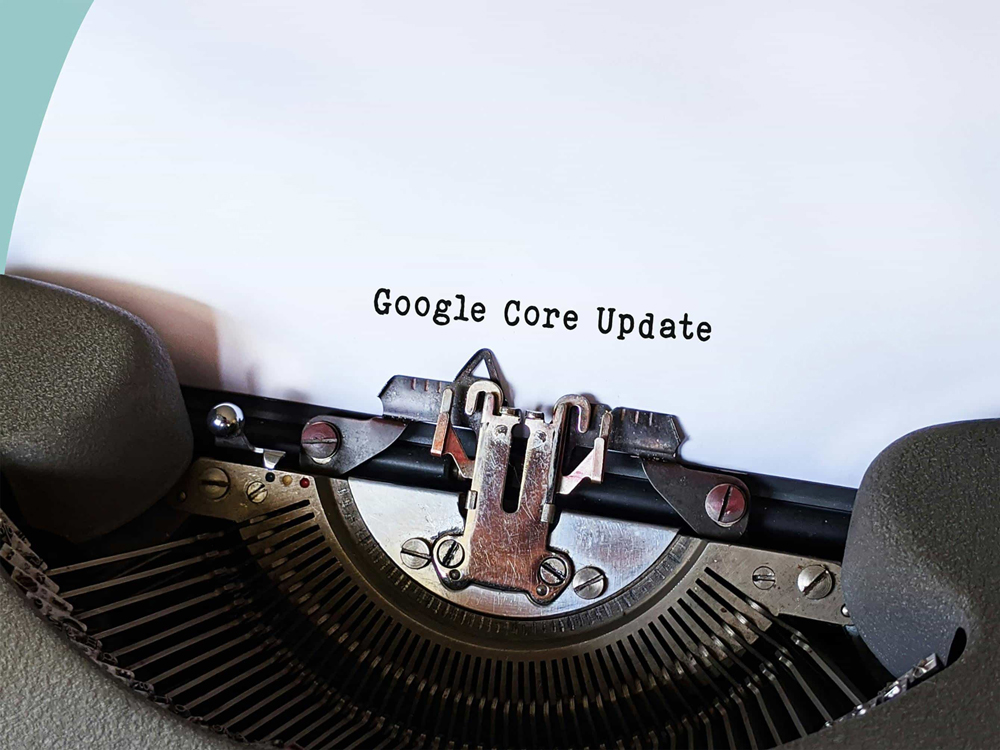PageRank is a Google algorithm developed by Google’s founders Larry Page and Sergey Brin back in 1996. The main aim of the algorithm is to determine a webpage’s importance. The way it does so is by considering how many high-quality backlinks a page has received. The logic is simple – the more high-quality links a page receives, the more important it is considered by Google PageRank and therefore is ranked higher in search results.
Read also:
- What is SEO and How Does it Work
- What are Keywords
- What are Web Analytics and Why Do They Matter
- How to Set Up Google Analytics on Your Website
- How to Navigate Google Analytics 4
- What are the Most Important Website Metrics to Track in Google Analytics 4
PageRank History

Back in the 90s, before PageRank was introduced, the search engines at the time relied mainly on keyword matching. However, this overreliance often led to irrelevant search results and poor user experience.
This is where Larry Page and Sergey Brin come into play.
Both being Ph.D. students from Stanford University, they had the idea to create a tool that analyzes and ranks web pages in search results based on their linking patterns. Larry Page believed that the importance of a given web page is determined not only by the quality of content on that page but also by the number of quality links pointing at it.
In collaboration with Sergey Brin, Page managed to develop the first version of the algorithm in 1996. After a few improvements, they gave it a name – PageRank.
This name is devised from Larry Page’s last name and the concept of “ranking web pages”.
The algorithm became an overnight success due to the unique approach it adopts when evaluating webpage importance.
As the algorithm evolved, it became a fundamental part of the new search engine Page and Brin launched back in September 1998 – Google.
Through the last 26 years, Google gradually became the most popular search engine, because it was able to deliver satisfactory and relevant search results, thanks to PageRank.
Since it was first introduced, the algorithm has undergone numerous changes and improvements, so it can answer the needs of the ever-evolving Internet system. During its evolution, PageRank gradually became able to notice link spam and various manipulative approaches that webmasters use to ensure better search result rankings and provide users with an overall satisfactory user experience.
Although its significant evolution, PageRank remains as important to Google as it was back in the mid-90s.
The Fate of PageRank Algorithm

Back in 2005, Google acquired PageRank from Stanford University.
Google maintained and updated PageRank up until 2013 when a new algorithm was introduced – Google Penguin.
Then, 3 years later, in 2016, Google Penguin was added to Google’s core ranking algorithm, and the PageRank toolbar was removed from the reports. In short, from 2016 onwards, webmasters were no longer able to monitor various PageRank metrics.
Three years later, in 2019 the patent of the original algorithm expired.
The search engine now uses a new version of PageRank that is closely related to the Penguin algorithm to rank and evaluate web pages across the web.
PageRank Today

In today’s world of the Internet, the new version of PageRank is still an important algorithm that provides Google users with relevant and quality content each time they search for something via the Google search engine.
However, the new version of the algorithm doesn’t function the same way it did back in the ‘90s and ‘00s. This is because the Internet has changed a lot during this time, and so has Google as a search engine. Today, PageRank has evolved to be way more flexible and analyzes tons of various data to provide an adequate result for each search query.
Nowadays, the number of quality backlinks is one of the hundreds of factors that Google takes under consideration when evaluating the quality of website content and how to structure the list of result page suggestions.
